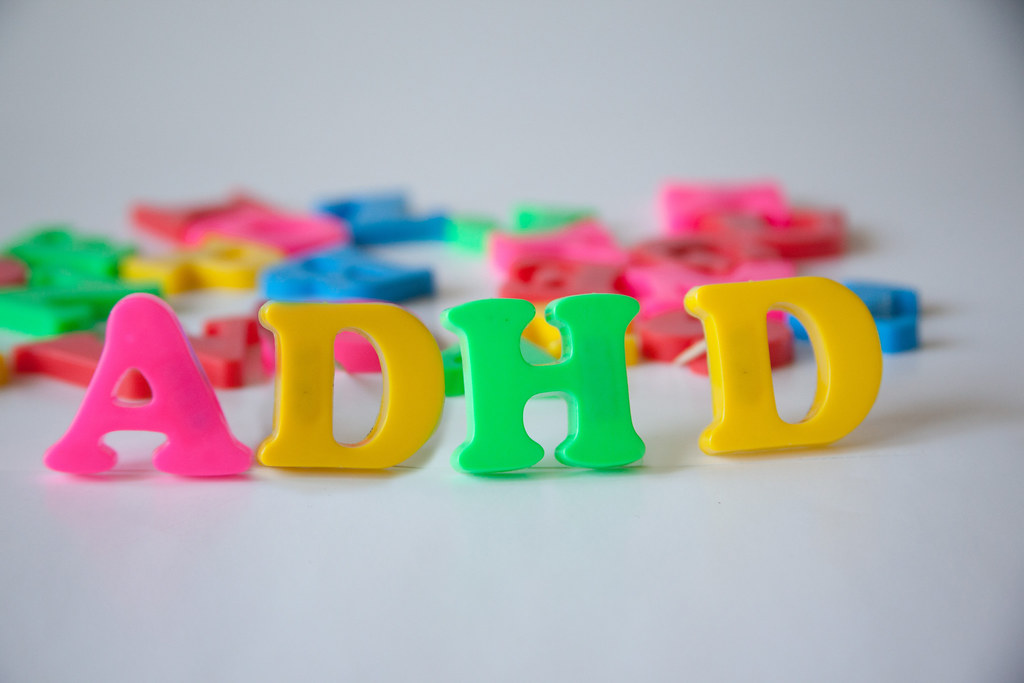The NHS defines ADHD as a persistent pattern of inattention and/or hyperactivity-impulsivity that negatively impacts daily functioning. But, while the disorder is well-known, the way it presents in women is still largely ignored.
For many women, the consequences are profound: missed diagnoses, mislabelled struggles and years of feeling like something is wrong, but not knowing what.
What the Data Does and Doesn’t Tell Us
Childhood ADHD prevalence is around 5%, and adult ADHD prevalence is between 3% and 4%, according to research collected by ADHD UK and published back in 2015 by the National Institute for Health and Care Excellence in the Journal of Attention Disorders. The NHS acknowledges multiple challenges relating to ADHD access, diagnosis, and treatment options. It also admits that there is a serious ‘lack of reliable data’ about the condition. Built into the NHS definition of ADHD itself is the acknowledgement that a sufferer is less likely to succeed socio-economically.
The NHS says that ideally, treatment and support would ‘join up across ADHD services and interrelated policies across health, care, education, and the justice system.’ This statement gives further evidence that ADHD is a multifaceted condition.
Privilege Doesn’t Protect You From Being Missed
My name is Emma and I am currently awaiting an ADHD diagnosis. I was privately educated, my parents are still married, I grew up in a loving house that my parents owned, attended a Russell Group university and am completing a master’s degree in London where I can afford to live. Yet, I feel like I have still somehow been failing socially, economically and academically my whole life despite being so fortunate. I also never suspected, until this past year that I might have ADHD.
The intersection between ADHD and this whole-world struggle is something that I feel deeply passionate about exploring. I also want to find out more about why so many women fall through the cracks or have extreme latency in their diagnosis.
The Generational Oversight
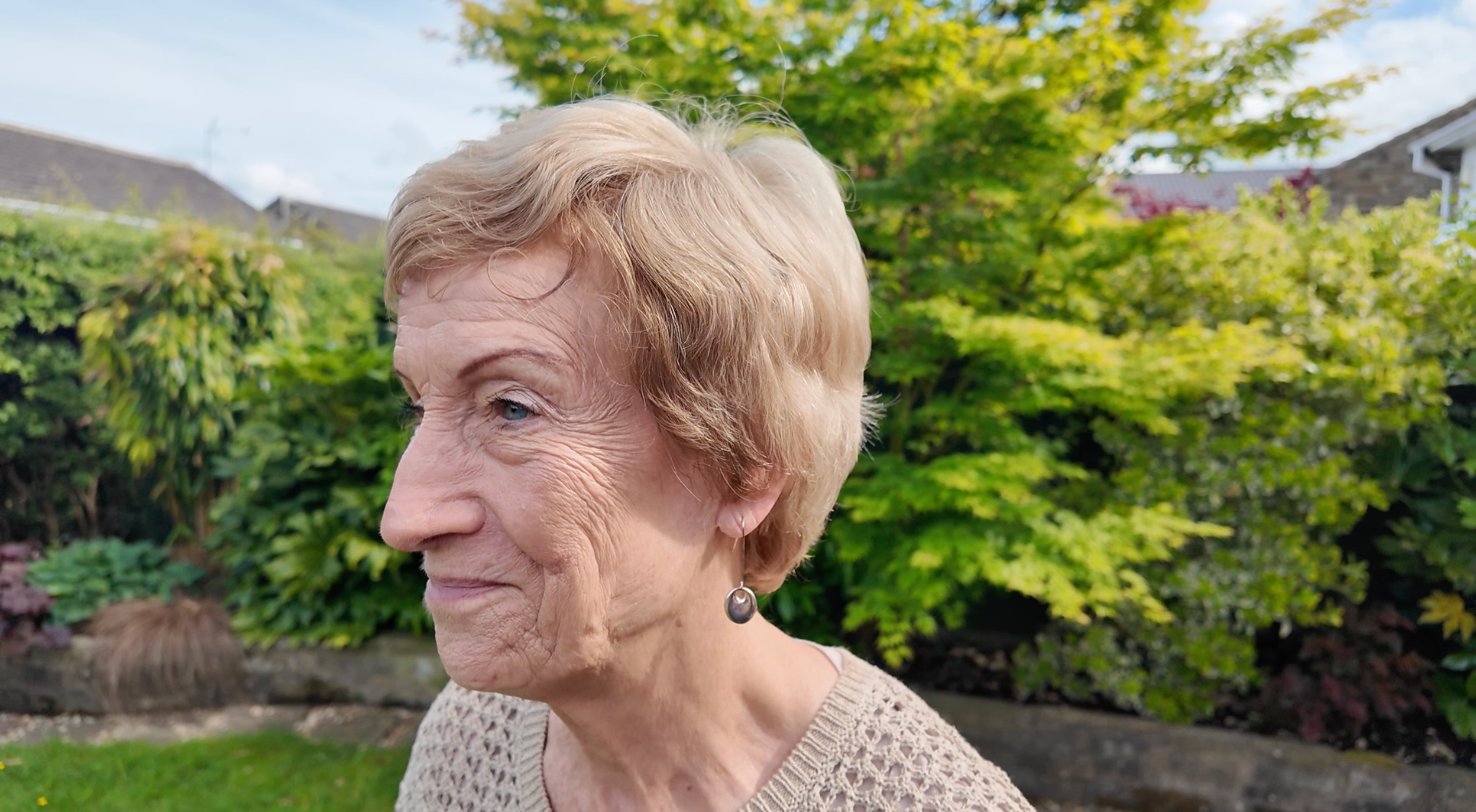
— Sheila, Remedial Education Teacher in the 70s and 80s
Sheila is in her eighties and used to work with children who were identified as having extra literacy and reading needs. Between 1970 and 1980, she treated children who would now be recognised as having ADHD. She explained how at the time she understood ADHD as a hyperactive disorder, present in children, and exhibited by young males. These boys were simply ‘acting out’ and that’s why she was called to assess and treat them. She explained that it was their behaviour she was adjusting, with what she said was ‘little to no regard for the reasons behind their behaviour.’ She brought out her certificates of education, and shamefully presented her certificate in the education of ‘backwards children.’ Sheila was embarrassed by this title and told us she would never want to identify children with additional educational needs in this way.
Sheila explained that her role was to get to the bottom of why class was being disrupted—and that this was young boys. Naturally, she explained, boys were more disruptive, louder and more boisterous, and so they were ‘more demanding of attention.’ Overall, Sheila was honest about how little she really knew at the time about ADHD. She also mentioned she now recognises how a lot of girls under her care masked their symptoms and so went unnoticed and undiagnosed.
I excelled at school, was never disruptive, and from the outside, was a perfect student. Now, as I reflect on my time there, I realise I was always anxious—I never felt like I was doing enough. My concentration appeared fine in my youth, but as self-directed work became essential when revising for my GCSEs, I would say half of my energy was wasted, dissipating over worrying about how much I was working or delaying real revision by organising and reorganising my notes, desk, or room. But somehow, as the day of the exams got closer and closer, I went into hyperfocus, often even getting up at 6am and revising before school.
I relate to much of what Sheila mentioned. My struggle wasn’t outwards—I was never a disruptive child—so I just got on with it. Those feelings of being so overwhelmed were never identified as ADHD. Instead, like many women, I was diagnosed in adolescence with mixed anxiety and depressive disorder. The co-occurrence, overlapping symptoms, and the potential for depression to be a consequence of ADHD can lead to misdiagnosis, according to Children and Adults with Attention-Deficit/Hyperactivity Disorder (CHADD).
Masking Until Burnout
But like a lot of women with ADHD, I experienced intense burnout at university. The self-directed work was too much for me, the external factors provided too much distraction, and I would say that my focus never really centred on any of my academic work. My masking only took me to about 20 years of age, and from there my symptoms just intensified beyond what I could mask and push away.
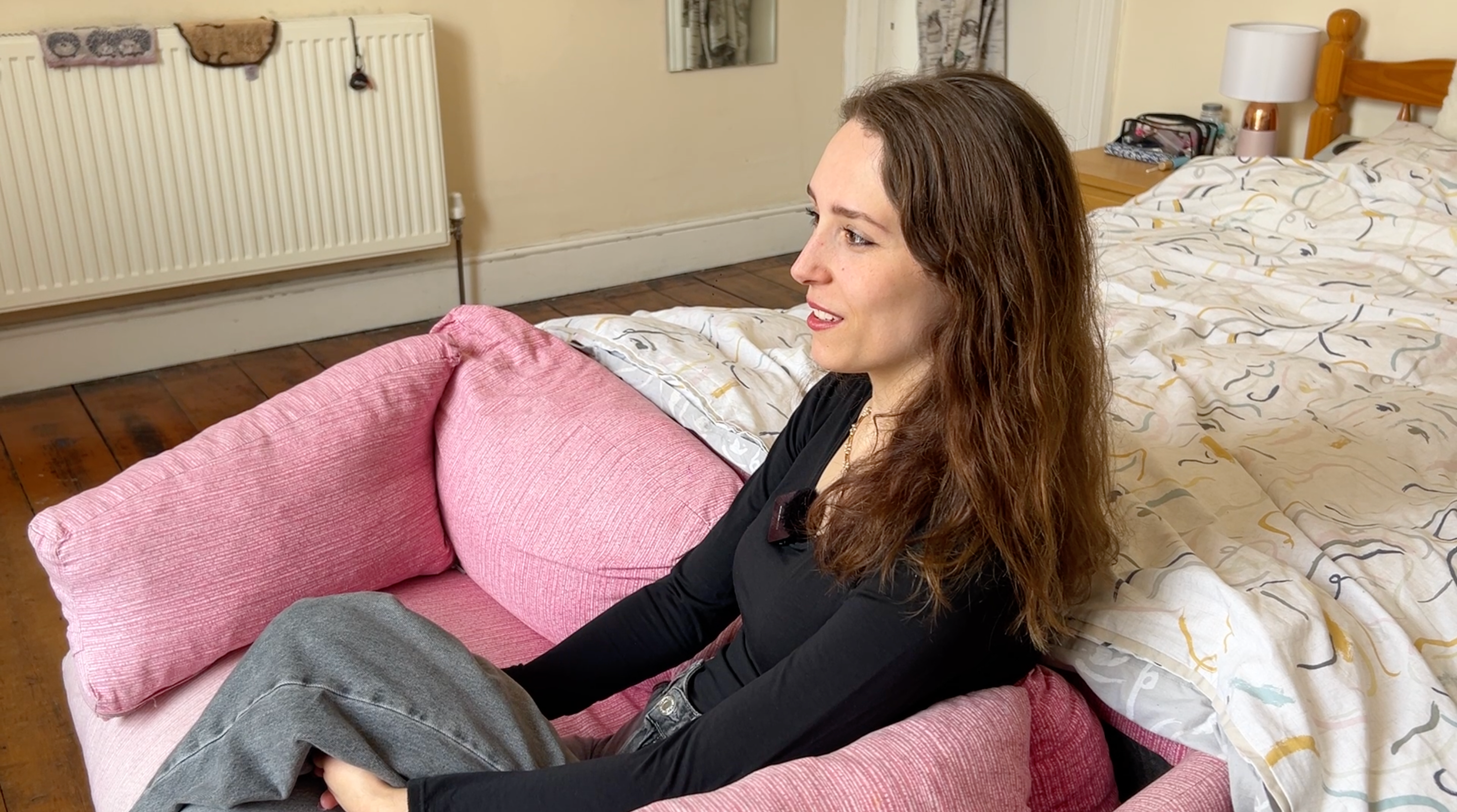
— Chiara, Law Student from Kent
Chiara was diagnosed with ADHD when she was 21 years old. During her own research into her younger brother’s ADHD, Chiara began to notice some of the symptoms resonated with her. She read all the information available online about gender differences in ADHD presentation and decided to push for her own diagnosis. Her ADHD, she says, is far closer to the inattentive side, which is less associated with archetypal ADHD symptoms like fidgeting, interrupting, or other hyperactive behaviour. She believes that her own ability to mask her symptoms meant her inattentive ADHD went unnoticed for her entire childhood. This masking, like my own, only lasted until she was around university age, where she found concentrating on her studies and taking care of herself overwhelming.
Chiara is academically very successful; she has a bachelor’s degree in biological chemistry and has recently finished her SQE exams in the hopes of starting a law training contract in September. This is a common theme throughout her life—she told us she succeeded in all her studies at school too. However, internally she struggled to keep this up, highlighting the real toll of just maintaining an appearance of normality for someone with ADHD.
Chiara is far from failing—in fact, she shared that she feels fortunate that her ADHD allows her to ‘really deeply enjoy things, even more than other people.’ I feel the same way. The hyper-fixation element of ADHD allows sufferers to really hone in on a hobby or a pastime, and that can actually turn into a rich source of enjoyment.
Making ADHD More Visible
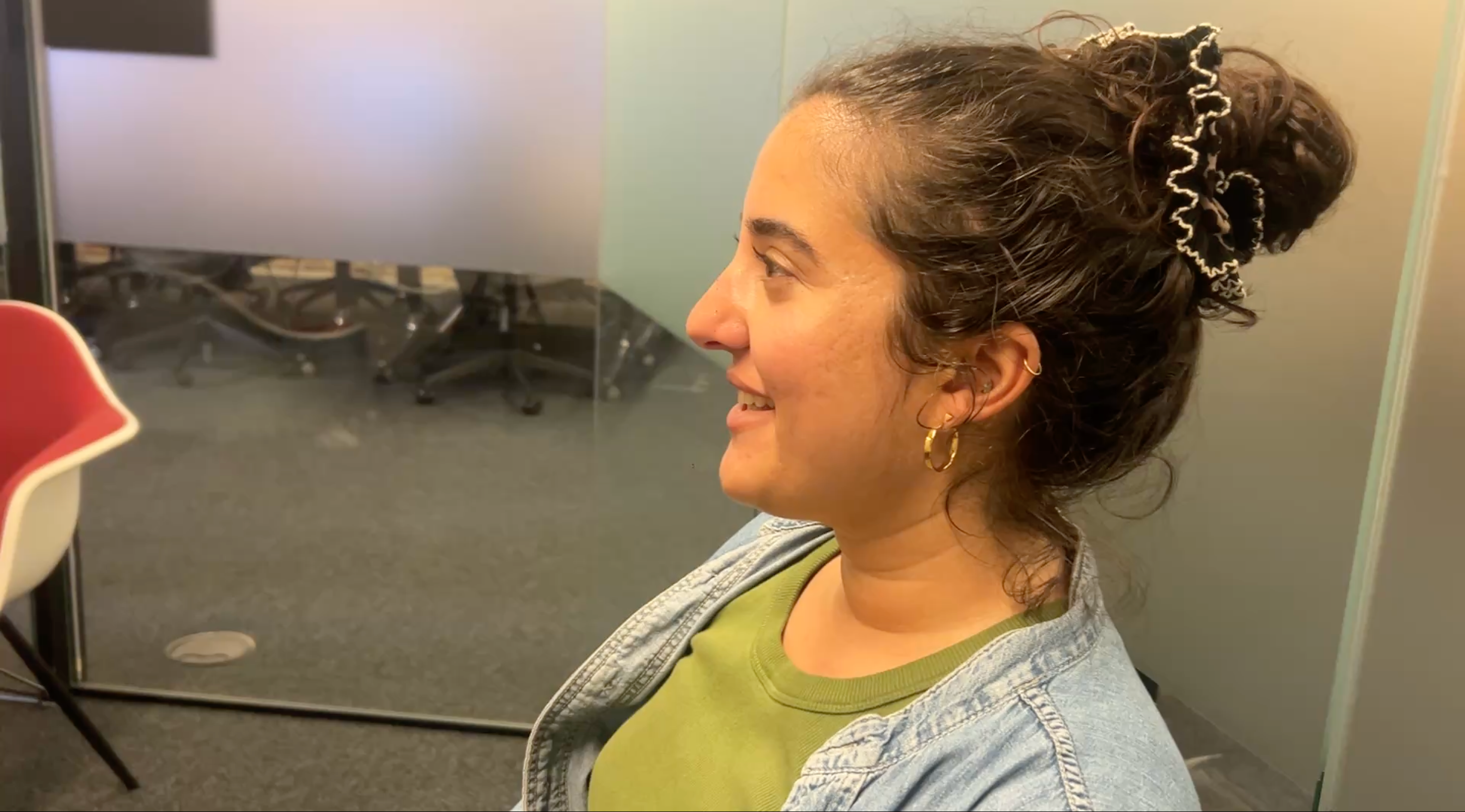
— Anj, Recruitment Consultant, living in London.
Anj is a recruitment consultant and works not far from Bond Street in London. She has had a hugely successful career for her age and, at one point, was looking into attending Oxford University. However, she suffered with intense burnout at the end of her school career and has relied on therapy and anti-depressants from a young age. She believes her latency in being diagnosed, much like myself and Chiara, came from the misunderstanding of ADHD in women. She now advocates for people with ADHD and other neurodivergent disorders with her social media presence. Her videos are candid and raw; she shares experiences like her medication experience and much of her daily life. She said that she believes everyone should feel heard and valued- hoping her videos make a difference, even if only to a small number of people.
We Are Not Failing. We’ve Been Failed
Anj is another example of a successful woman living with ADHD. When I began to research the presentation of ADHD in women, back when I first began to suspect I might have the condition, online videos such as Anj’s provided me with reassurance. Online communities like Anj’s mean that information about the lived experiences of women with ADHD are out there. In place of the outdated and biased medical information available about the female presentation of ADHD, videos like Anj’s are serving to fill this gender gap, with guidance.
The stories of Chiara and Anj and my own, highlight a recurring pattern: women who are high-achieving but privately overwhelmed, burnt out, and lost in the chaos of undiagnosed ADHD. We’ve been masking, pushing through, and wondering why it feels so hard to keep up.
We are not failing, we’ve been failed by a system that too often still defines ADHD through a male lens. ADHD does not look the same in everyone. Listening to lived experiences is the first step toward a more inclusive, accurate and compassionate understanding of this complex condition.
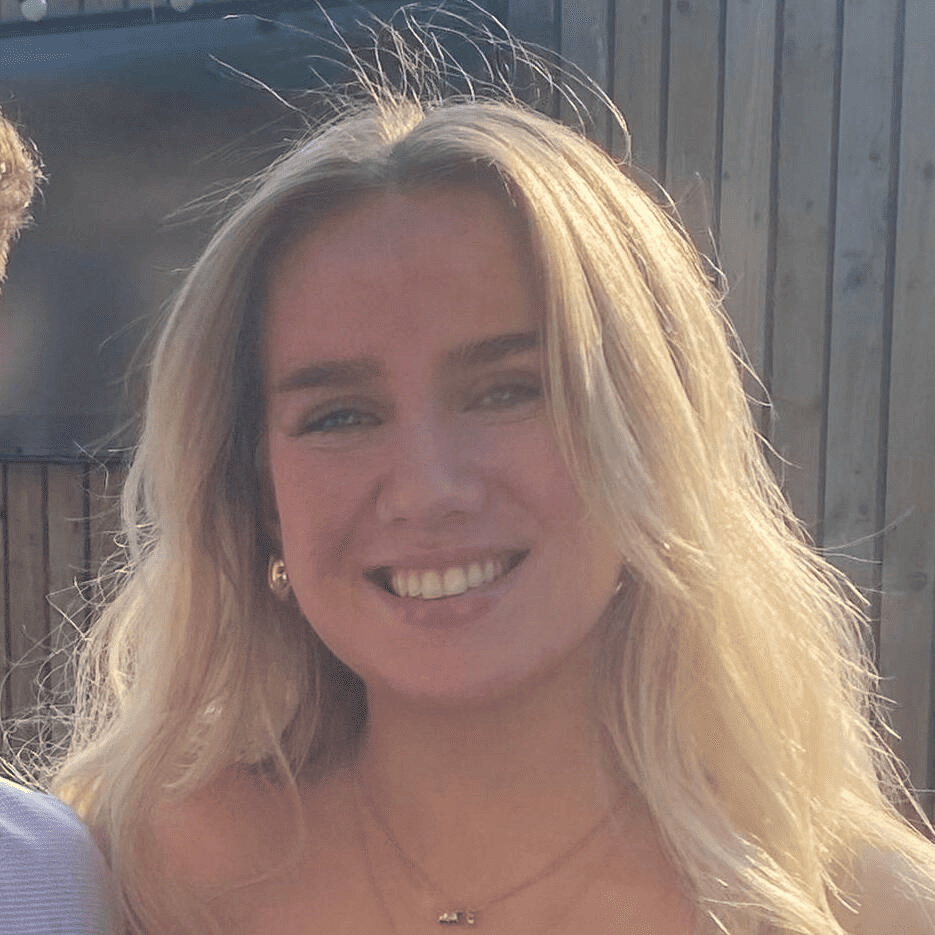 Emma Thewlis
Emma Thewlis